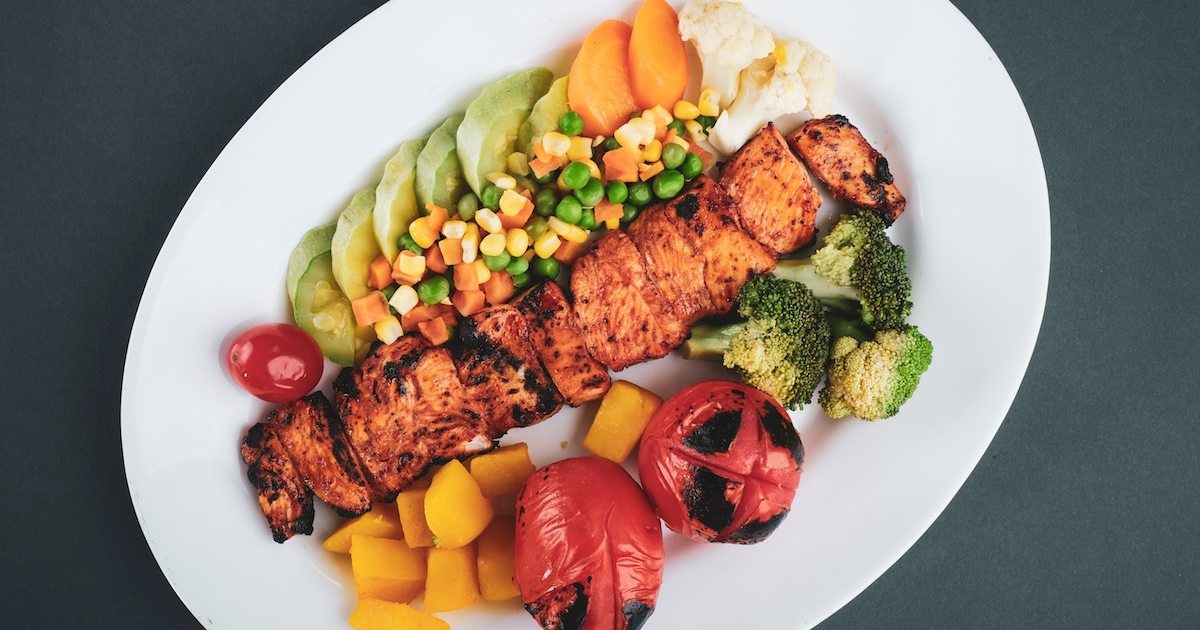Certain diets emphasize macronutrients—high-carb diets, low-carb diets, low-fat diets, high-fat diets, etc. For example, in the 1980s low-fat diets were all the rage, and as a result, all sorts of packaged low-fat cakes, cookies, and snack bars took over grocery store shelves like wildfire. However, while the original premise of the diet was that eating less fat would help people lose fat, it became evident that many of the processed and packaged foods we eat were still contributing to weight gain, high blood pressure, high cholesterol, and overall disease risk.
As a result, nutrition and wellness experts started encouraging people to focus less on specific macronutrients and rather on overall diet quality with the aim of consuming fewer processed foods. Thus, diets such as the paleo diet emerged. The paleo diet, which focuses on eating whole, natural foods much like “cavemen” or our early human ancestors did, has been a popular diet for nearly the past two decades. It’s fairly simple in concept, yet following it can be difficult as it is rather restrictive and certainly bucks up against the processed food trends of our food industry.
That said, there are potential health benefits to the paleo diet, and many people who adopt the diet end up sticking with it. If you’re unfamiliar with the paleo diet or have only heard bits and pieces from your friends who do CrossFit, keep reading for our full guide on the paleo diet. You’ll learn everything you need to know about whether the paleo diet may be an eating pattern that you’d like to try.
What Is the Paleo Diet?
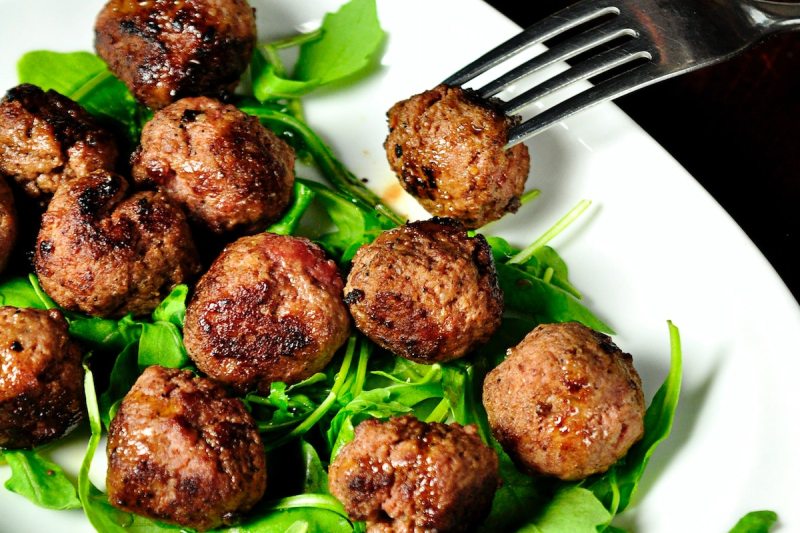
The paleo diet is designed to replicate the eating patterns of the hunter-gatherer lifestyle of our early human ancestors. The diet encourages the intake of vegetables, meat, fish, eggs, poultry, fruit, nuts, seeds, and other whole foods while prohibiting the consumption of all processed foods and artificial sweeteners. It also prohibits dairy, legumes, and grains—even if they are unprocessed. However, there are a few variations of the paleo diet with different modifications that are slightly less restrictive. For example, some modifications do permit grass-fed butter or soaked and sprouted grains and legumes.
While the beginnings of the paleo diet were spawned in the 1970s, it wasn’t until Loren Cordain published a book on the paleo diet in 2002 that the paleo diet gained significant traction. Soon, it took over in the CrossFit sphere and among athletes and wellness fans.
What Are the Benefits of the Paleo Diet?
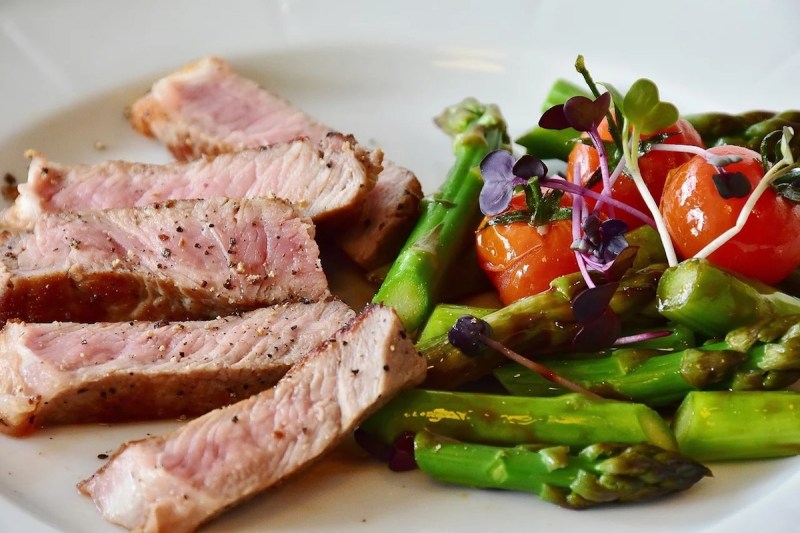
The impetus behind the paleo diet was to return to the more healthy, wholesome way of eating practiced by our hunter-gatherer ancestors, as there were fewer lifestyle diseases (diabetes, heart disease, cancer, obesity, etc.) back then. The paleo diet can potentially reduce the risk of these diseases. It can also help people lose weight, provided a caloric deficit is maintained. In fact, many people do find it possible to lose a significant amount of weight—especially initially—after adopting the paleo diet, largely because the foods tend to be filling and there are so many restrictions.
What Foods Can You Eat on the Paleo Diet?
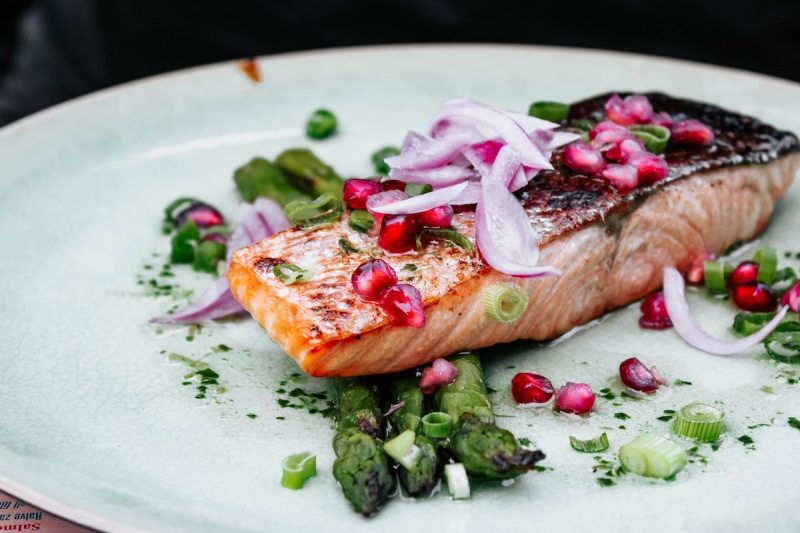
The paleo diet stresses unprocessed foods available back in the days of our hunter-gatherer ancestors. The following foods groups are permitted on the paleo diet:
- Meat: Beef, pork, veal, lamb, venison, bison, etc.
- Fish and Seafood: Salmon, trout, cod, sardines, tuna, mackerel, lobster, crab, scallops, shrimp, mussels, clams, squid, etc.
- Poultry: Chicken, turkey, duck, quail, etc.
- Eggs: Chicken eggs, turkey eggs, duck eggs, quail eggs, etc.
- Vegetables: Spinach, kale, carrots, Swiss chard, broccoli, zucchini, cucumbers, onions, cauliflower, asparagus, sweet potatoes, beets, squash, etc.
- Fruits: Pears, apples, melons, oranges, berries, bananas, pomegranates, kiwi, coconut, tomatoes, etc.
- Nuts and Seeds: Almonds, pistachios, walnuts, cashews, pecans, chia seeds, flax seeds, pumpkin seeds, sesame seeds, hemp seeds, sunflower seeds, macadamia nuts, Brazil nuts, etc.
- Healthy Fats and Oils: Olive oil, avocados, flaxseed oil, coconut oil
- Herbs and Spices: Basil, thyme, pepper, cinnamon, nutmeg, ginger, salt, rosemary, cumin, chili powder, etc.
- Healthy Beverages: Water, tea (herbal tea, green tea, black tea, etc.), red wine, coffee
- Dark Chocolate: As long as it’s 70% cocoa or higher
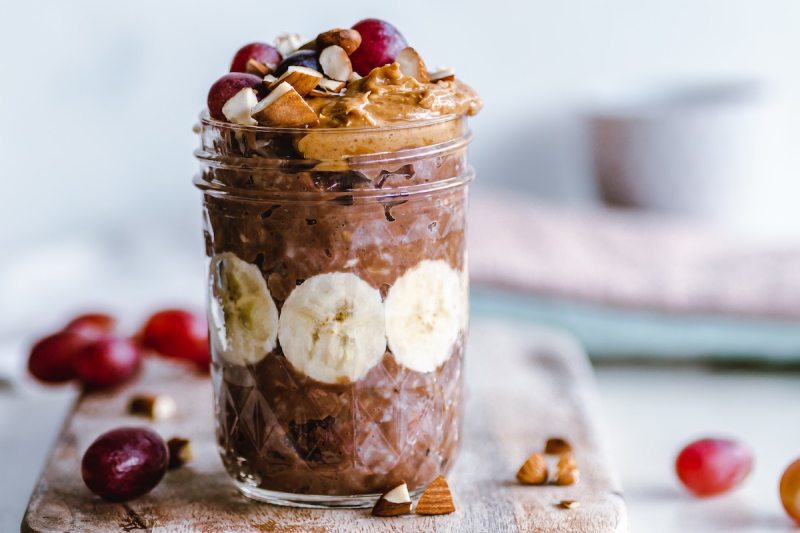
What Foods Are Not Permitted on the Paleo Diet?
The crux of the paleo diet lies in avoiding anything refined or processed, but other major food groups are also excluded. As such, some people find the paleo diet to be overly restrictive, and there is some concern about meeting certain nutrient needs based on the exclusions. The paleo diet prohibits the following:
- Processed Foods: Canned soups, cereals, cookies, jarred sauces, chicken nuggets, frozen pizza, rice cakes, bagels, anything packaged and “low fat” etc.
- Dairy Products: Milk, yogurt, cheese, kefir, butter, cream, ice cream, cottage cheese, etc.
- Sugar (except for honey and agave): Corn syrup, juice, sweetened foods, pastries, table sugar
- Artificial Sweeteners: Splenda, aspartame, saccharin, etc.
- Grains: Whole wheat, oats, rice, couscous, barley, rye, etc.
- Legumes: Beans, peas, lentils, peanuts, soy, hummus, etc.
- Vegetable Oils, Margarine, Trans Fats
Sample Paleo Diet Meal Plan
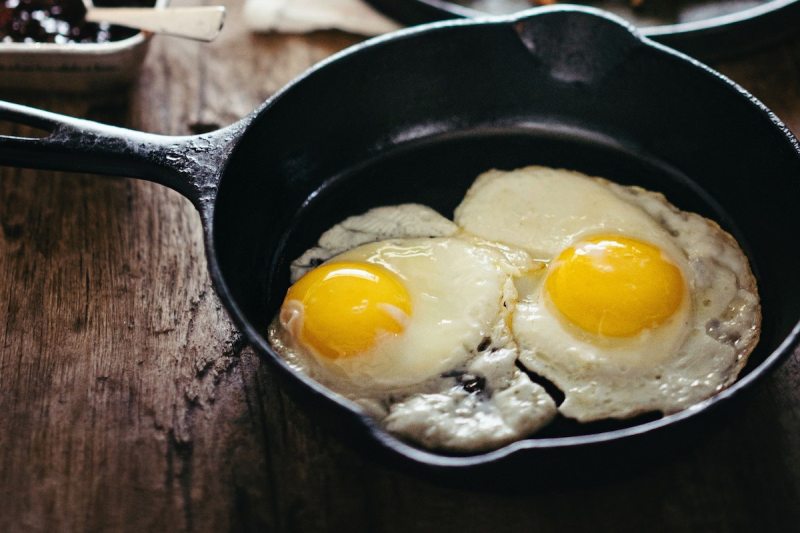
Curious what a day of eating might look like on the paleo diet? Below, we share a sample paleo meal plan:
- Breakfast: Eggs fried in coconut oil, turkey bacon, melon, coffee
- Lunch: Shredded chicken lettuce wraps, apple with almond butter
- Snack: Banana and nut/seed trail mix
- Dinner: Steak, sweet potato with coconut oil, asparagus
- Snack: Berries and walnuts
Editors’ Recommendations
Source link
credite

